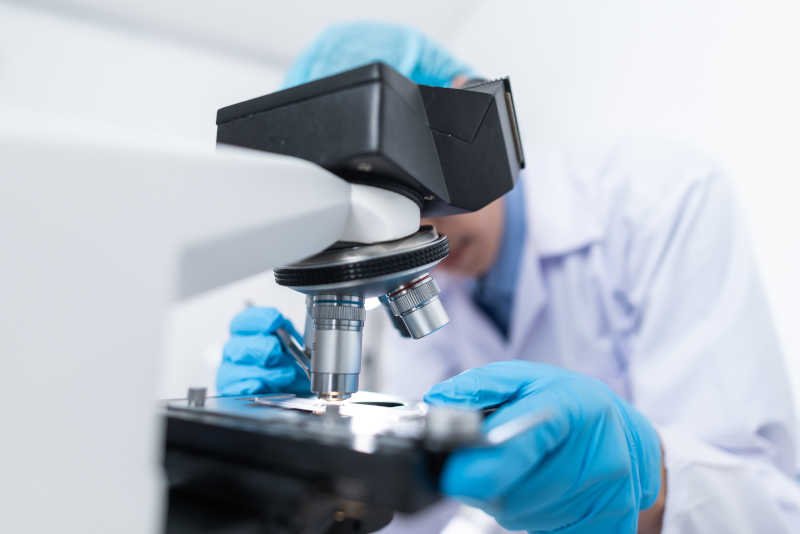
- 7 lessons
- 1 quizzes
- 7 week duration
Module 5
Virus Isolation
Viruses are committed intracellular parasites that need living cells in order to replicate. Commonly cell culture, embryonated eggs, and small laboratory animals are used for the isolation of viruses. Embryonated eggs are valuable for the isolation of influenza and paramyxoviruses. In spite of the fact that laboratory animals are useful in isolating a different kinds of viruses, cell culture is still a considerable way for virus isolation in many of the laboratories.
For primary cell cultures, tissue fragments are first dissociated or separated into small pieces with the help of scissors and the addition of trypsin. The cells are then kept in an incubator at 37°C for 24 to 48hrs depending on the cell type. This permits the cells to attach the surface of the container and its division following the ordinary cell cycle.
Cell cultures are generally of 3 types: –
- Primary culture– These are arranged directly from an animal or human tissues and can be subculture only once or twice e.g. chicken embryo fibroblast.
- Diploid cell culture– They are developed from neonatal tissues and can be subcultured 5-10 times. e.g. human diploid fibroblasts cells.
- Continuous cells– They are developed from tumor tissues and can be subcultured more than 10 times. e.g. Vero, Hep2, Hela.
Specimens containing viruses may be transferred to the laboratory as soon as possible upon being taken. Oral or cloacal swabs can be collected in vials containing virus transport medium. Body fluids and tissues ought to be collected in a sterile container and sealed appropriately. Probably all the samples should be maintained and transferred in a cold condition for higher recovery rates.
Whenever the samples ought to be inoculated into cell culture depending on the history and symptoms of the disease. The contaminated cell culture flask should be observed every day for any presence of a cytopathic effect. Certain sorts of samples, for example, feces and urine are harmful to the cell cultures and may produce a cytopathic effect. At the point When a virus-specific cytopathic effect is evident, it is encouraged to passage the infected culture fluid into a fresh cell culture. For cell-associated viruses, for example, cytomegaloviruses, it is required to trypsinize and passage the intact contaminated cells. Viruses such as adenovirus can be subcultured after several times of freezing and thawing of the infected cells.
